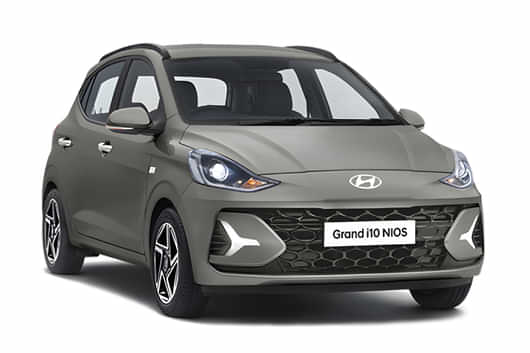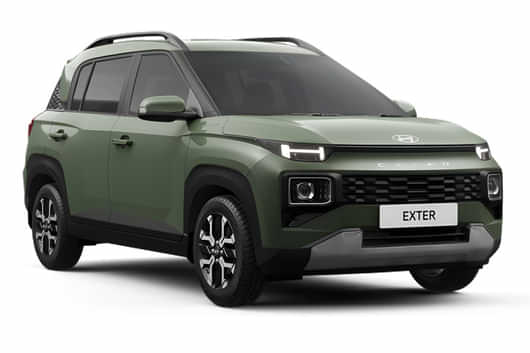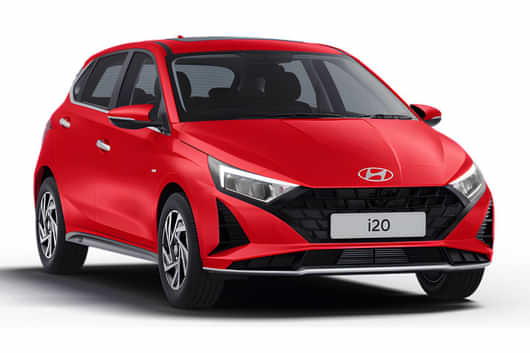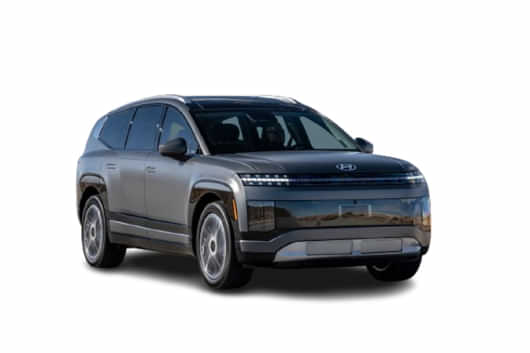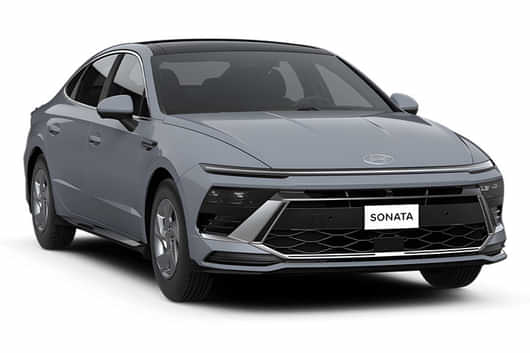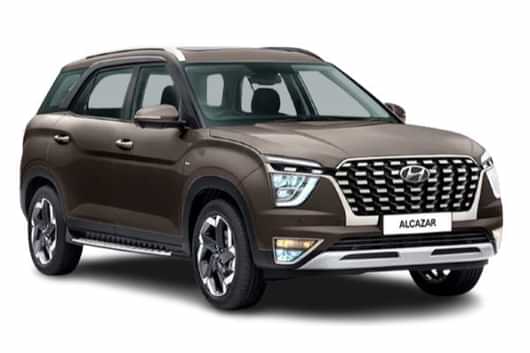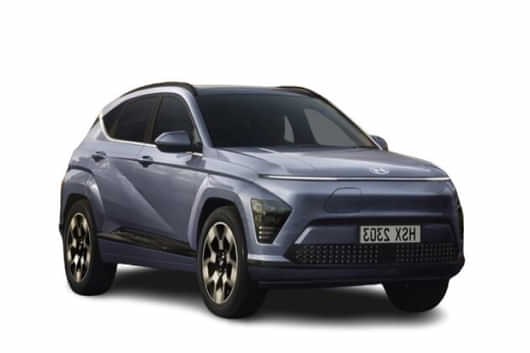
KEY HIGHLIGHTS
- The Grand i10 Nios first came in 2019
- Used to offer a turbo-petrol and a diesel option
- Interiors remain the same on both models
- Undercuts the Swift in terms of pricing
The original i10 is what really took the mantle from the Santro, and the Grand i10 Nios continues to be one of the pillars of Hyundai's journey in India. With its ease of driving, practicality and the value it offers for its price tag, the Hyundai Grand i10 Nios continues to give tough competition to the Maruti Suzuki Swift and the Tata Tiago.
Before taking a look at the Grand i10 Nios' evolution, do consider joining the 91wheels WhatsApp Community for the latest updates in the world of cars and two-wheelers!
Hyundai Grand i10 Nios Design and Brief History

When the Nios first came around, it continued to be sold alongside the Grand i10 for a while, before eventually replacing it. The Grand i10 Nios looked properly grown up, bearing a completely new face with sleeker headlights, a sharper grille with integrated DRLs, and sharp creases thrown around the bonnet and the roof.
The profile was neat and clean as well, while the rear had influences of Hyundai's more premium hatches sold internationally. This was an i10 that looked cool; more 'uber cool' than its big brother, the i20. Hats off if you understood that reference!

In contrast, the newer, current-gen Nios saw a thorough redesign that saw it become a bit more rounded-up overall. It gained projector headlights, but grille got moved lower down, the placement for fog lamps was replaced by DRLs. This might remind you of the Daewoo Matiz from back in the day. The rear saw a complete redesign with a new tailgate and new tail lights connected by a full-length strip.
Overall, the design of the Grand i10 Nios has gone from sharp to a more family-friendly, rounded style. However, it is a car still worth looking at, especially in the shade of white.
Also read: Tata Tiago: Old Vs New - Differences Explained
Hyundai Grand i10 Nios Powertrains

Once upon a time, when emission norms were not hanging tight around the necks of car manufacturers, Hyundai gave you three powertrain options to choose from. The 1.2-litre nat-asp petrol producing 82bhp and 114Nm of torque, and a 1.5-litre diesel produces 74bhp and 190Nm of torque. Both powertrains could be paired to either a 5-speed manual or an AMT.
However, the creme de la creme came along with the 1.0-litre turbo-petrol passed down from the Venue. This setup churned out 99bhp and 172Nm of torque, while paired to a, yes, a 6-speed stick shift!
But, as all things come to an end, the onset of BS6 norms ensured that the diesel and the turbo-petrol were killed off.
In its current guise, the Nios continues to be powered by the nat-asp 1.2-litre petrol producing 81bhp and 113Nm of torque, paired to either a 5-speed manual or an AMT. Don't bother holding your breath if you're waiting for the return of the turbo.
Also read: Hyundai Aura Old Vs New: Here's What New This Compact Sedan Offers
Hyundai Grand i10 Nios Interiors and Features

The interiors of the Grand i10 Nios have remained identical across the original and the current facelifted version. However, there have been additions to the equipment list.
There is black and grey upholstery all around, while equipment-wise, you get an 8-inch floating infotainment touch screen (6.75-inch on the mid-spec variants), Apple CarPlay, Android Auto, a wireless smartphone charging, cooled glovebox, rear A/C vents, blue footwell lighting, a height-adjustable driver seat, reverse parking camera, analogue dials, cruise control, and push-button start among other things.
Verdict
The Hyundai Grand i10 Nios is a hatchback with good looks, a heavy equipment list and spacious interiors. With prices ranging between Rs 5.92 lakh to Rs 8.56 lakh (ex-showroom), it undercuts the Swift while staying close to the Tiago. Factor in the ease of driving the Nios, along with Hyundai's reliability and service network, you won't be able to find a reason not to go for it.












